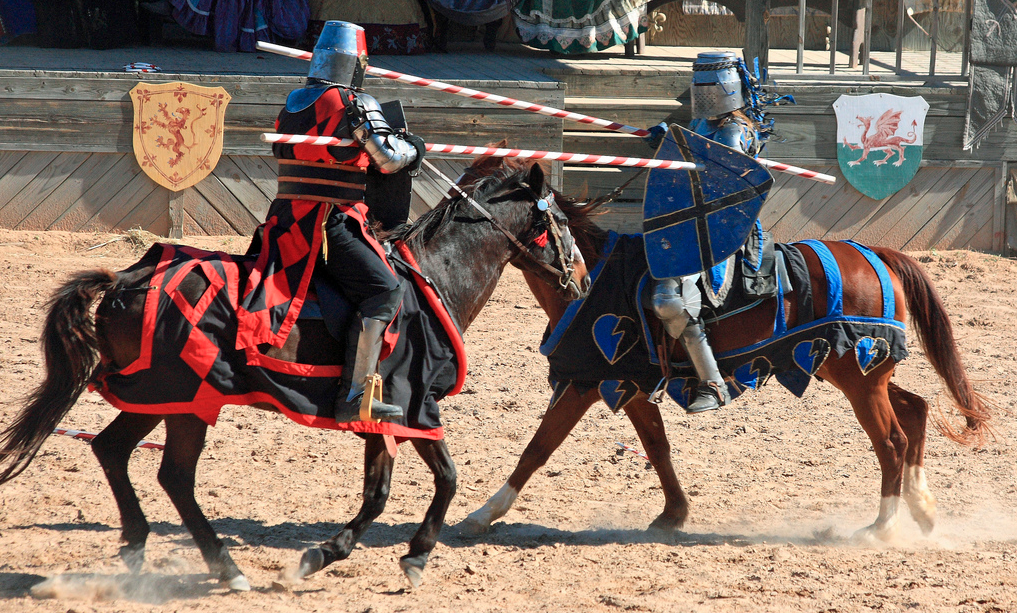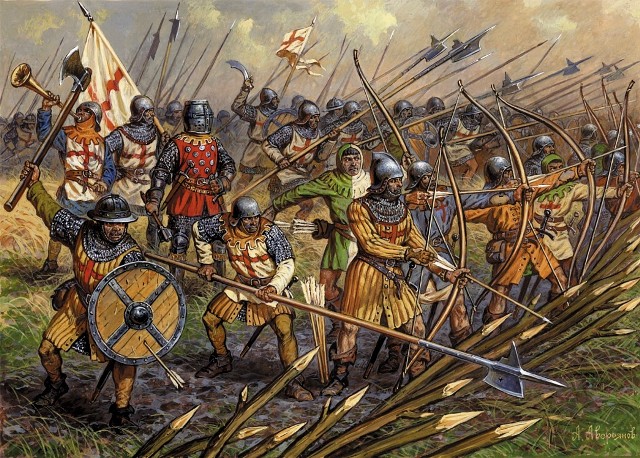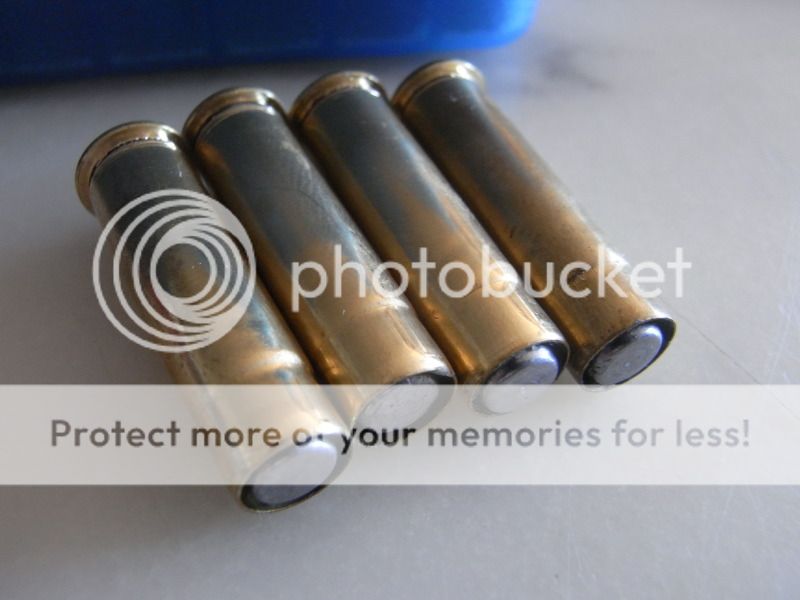- Reaction score
- 33
- Points
- 560
More on the T-14 and Armata family. Much emphasis seems to have been given over to active protection:
http://nextbigfuture.com/2015/05/detailed-analysis-of-new-russian-t14.html
http://nextbigfuture.com/2015/05/detailed-analysis-of-new-russian-t14.html
Detailed diagrams of the new Russian T14 tank and T15 heavy infrantry vehicle
The T-14 is Russia's first truly new tank design since the T-72, designed in the early 1970s. Based on the Armata Universal Tracked Platform, the T-14's most attention-grabbing feature is its unmanned turret, with all of the MBT's three crew (commander, driver, gunner) seated in a well-protected crew compartment at the front of the hull.
Janes's has a detailed analysis of the new Russian tank and other Armata universal tracked platform based vehicles.
The MBT's turret is literally covered in a variety of launcher and sensor systems understood to be linked to a new APS system, which some reports call 'Afghanit'. At the base of each side of the turret are five large and fixed horizontally arrayed launch tubes covering the 120° frontal arc of the turret. These bear a strong resemblance to the launchers for the earlier Drozd and Drozd-2 APS, which fired a hard-kill 107 mm unguided projectile armed with a high-explosive-(HE) fragment warhead to defeat incoming anti-tank guided weapons (ATGWs).
The T-14 is also fitted with four sets of smaller-calibre launchers, with each unit armed with 12 launch tubes. Two horizontally trainable launcher units are fitted on either side of the top of the turret, while two apparently fixed and vertically facing launcher units are recessed into the top of the tank's turret.
New Armor and Reactive Armor
NII Stali is understood to have designed a new form of steel armour for the Armata family. Speaking to TASS, a NII Stali representative said the "steel armour alloy, named 44S-sv-Sh [44S--], is approved by the Armata's developer. The alloy's operational testing has been started and it can be used in prospective vehicles' parts". The use of the 44S-sv-Sh steel in Armata is intended to provide protection at a similar level to STANAG 4569 (first edition) Level 5. The high level of 44S-sv-Sh's protection is ensured by the short-grained material structure, the optimised legation process and the special heat processing. The steel has also been designed to maintain its characteristics in very cold conditions.
The Armata design is also understood to utilise explosive reactive armour (ERA) within its base design (rather than the appliqué ERA tiles seen on previous Russian MBTs), with views from above the MBT showing a distinctive tiled pattern indicative of ERA on the top of the vehicle's chassis and turret. Although what appear to be ERA tiles are present on the turret roof, much of the sides of the turret appears to be just a thin cladding covering the various APS and sighting systems rather than armour. Appliqué armour (unclear if passive or ERA, or both) is fitted to the forward two thirds of the T-14's sides, while the rear third is protected by bar armour to provide clearance for the T-14's exhausts.





